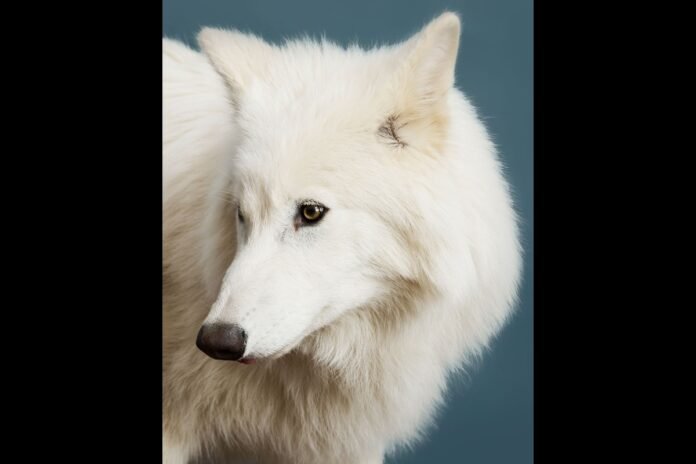Dallas-based biotech firm Colossal Biosciences has announced a historic achievement: the resurrection of the dire wolf.
Using ancient DNA, scientists at Colossal have successfully created the first de-extinct animal in the world. This groundbreaking development marks a milestone in genetic engineering and conservation science.
To accomplish this feat, researchers modified the DNA of a modern gray wolf, the dire wolf’s closest living relative. Through gene editing and cloning, they produced three dire wolf pups. These animals resemble the extinct species, combining genetic traits with physical features once lost to history. As a result, a new hybrid species has emerged.
The dire wolf, Aenocyon dirus, once dominated prehistoric North America as a fearsome predator. Larger than today’s gray wolves, it boasted thick, light-colored fur, a broader skull, and powerful jaws. Its image even inspired the dire wolves seen on HBO’s “Game of Thrones,” making it a symbol of ancient strength.
Colossal had previously focused on reviving species like the woolly mammoth, the dodo, and the Tasmanian tiger. However, this latest success with the dire wolf was not revealed until now. It demonstrates the full potential of the company’s de-extinction technology.
“This is the first real test of our platform—and it works,” said Colossal cofounder and CEO Ben Lamm. He explained how scientists used DNA from a 13,000-year-old tooth and a 72,000-year-old skull. From that material, they produced living, healthy dire wolf pups.
Currently, the three pups reside on a 2,000-acre private site with strict security.
Ten-foot-tall fencing, drones, live cameras, and staff monitor the area. The American Humane Society has certified the facility, which is also registered with the U.S. Department of Agriculture.
To revive the dire wolf’s genome, scientists extracted DNA from fossils and reconstructed two full genomes. These genomes were compared with those of modern wolves, jackals, and foxes. The researchers identified gene variants linked to traits like longer fur and light-colored coats.
Armed with this data, the team made 20 genetic edits across 14 genes in gray wolf cells. Once the edits were complete, scientists cloned the modified cells and placed them into donor eggs. The embryos were then transferred into surrogate mothers for gestation.
Colossal used large, mixed-breed domestic dogs as the surrogates. Two male pups were born on October 1, 2024, and a female arrived on January 30, 2025. This method represents a significant evolution in cloning technology and species restoration techniques.
CRISPR technology enabled scientists to replace gray wolf gene variants with dire wolf traits. According to evolutionary genomics expert Love Dalén, this created a genome that’s about 99.9% gray wolf. Despite this, he said, the physical resemblance to dire wolves is striking and scientifically significant.
Dalén emphasized that while the genome isn’t a perfect match, the phenotype—the physical expression—is accurate. The pups look like dire wolves and display many of their ancient traits. He called this project a massive advancement in the field of de-extinction.
Founded in 2021 by Lamm and Harvard geneticist George Church, Colossal has raised at least $435 million to date.
While its woolly mammoth project continues, the company expects the first mammoth calves by 2028. The dire wolf achievement may speed progress across all its efforts.
Colossal also hopes to aid endangered species with its technology. For example, it has cloned two litters of red wolves, a critically endangered population. This success used techniques refined during the dire wolf project, promising future applications in conservation.
However, some experts question the value of de-extinction. Critics argue that resources might be better used to protect living species. Others express concerns about using animals as surrogates and the long-term role of hybrids in ecosystems.
Despite these concerns, environmental philosopher Christopher Preston said Colossal appears to prioritize animal welfare. He noted the facility’s size, certifications, and ethical considerations. The company also screens for risky gene edits that could cause harm.
Still, Preston raised questions about the wolves’ ecological future. In places like Montana, gray wolves already face opposition and shrinking habitats. Releasing dire wolves into such environments may not be realistic or beneficial, he warned.
In conclusion, the resurrection of the dire wolf is a remarkable scientific feat, though its practical implications remain uncertain.


